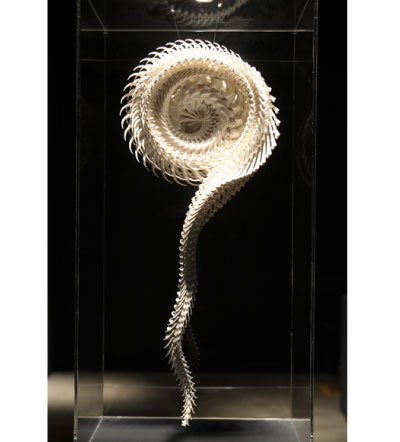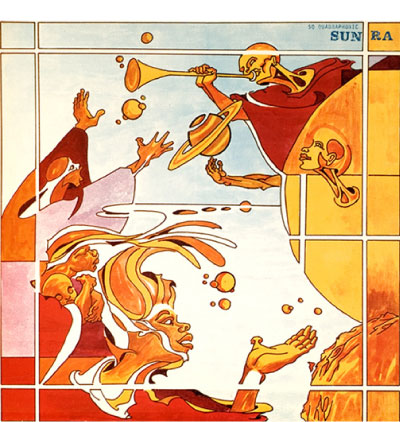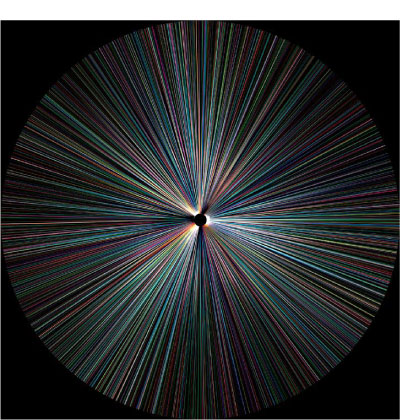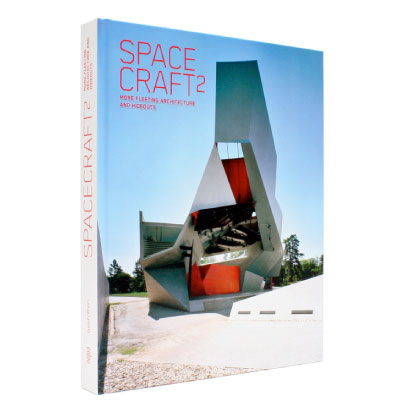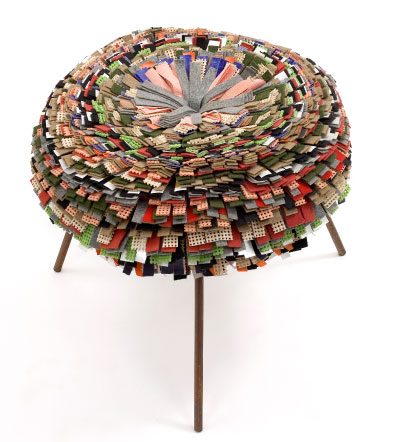
For Fernando and Humberto Campana, economic necessity turned into a creative blessing early on in their career. By celebrating the materials that the rest of us discard — such as scraps of fabric, plastic hoses, or carpet padding — they invented a vibrant, energetic and definitively Brazilian approach to design. Fast forward twenty years, and they’re considered two of the most significant designers in today’s Latin America and still going strong, collaborating on projects both large and small. While many of the Campana’s creations are for international manufacturers of furniture, lighting and home accessories, the majority of the work coming out of their São Paulo studio consists of custom-made designs. These one-off objects for the home display the brothers’ playful sense of humor, their clever combinations of materials and a vibrant palette that comes straight from sunny Brazil. For instance, random bits of wood they found on the street make up their Favela Chair, their Sushi Chair is inspired by the patchwork quilts in São Paulo’s slums, and their Vermelha Chair consists of brightly colored cord tied and woven around a metal frame.




 Facebook
Facebook Permalink
Permalink Digg
Digg Reddit
Reddit LinkedIn
LinkedIn StumbleUpon
StumbleUpon Tumblr
Tumblr
